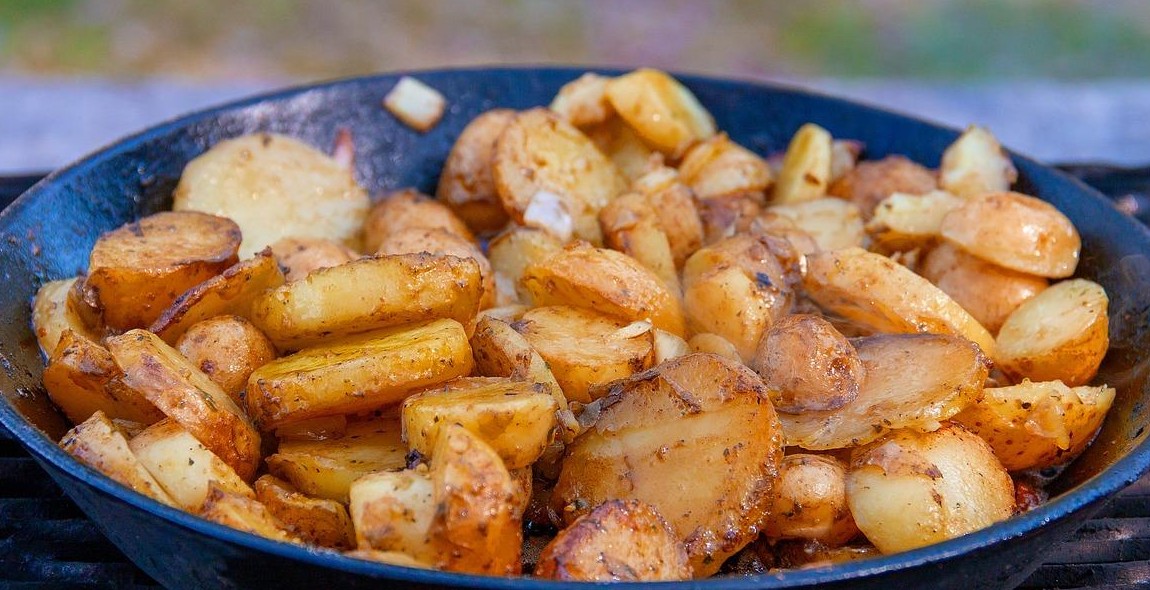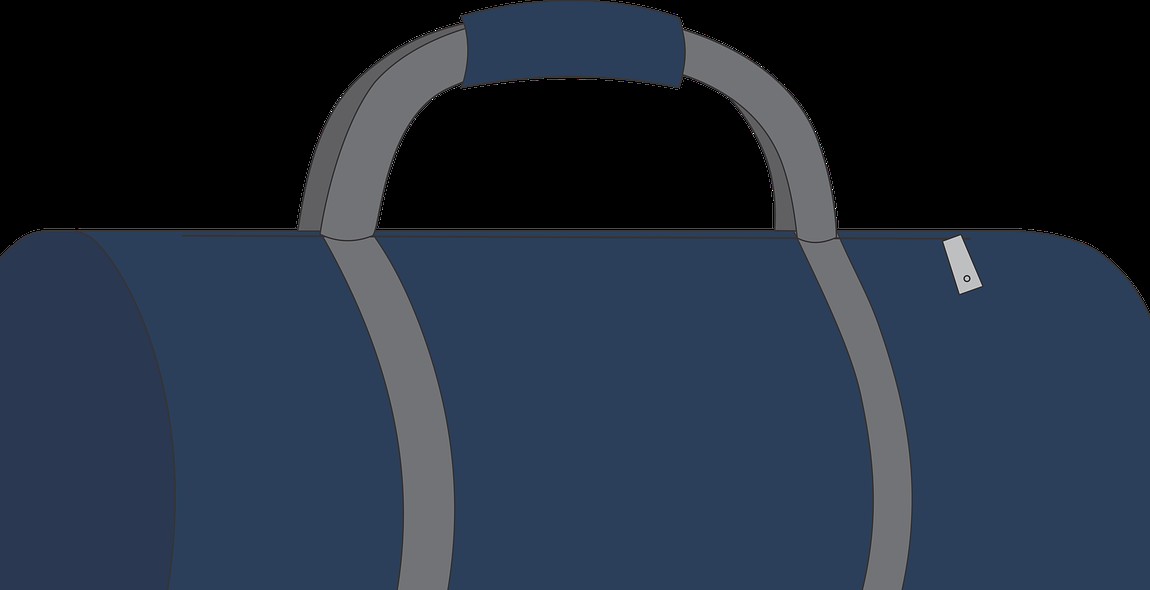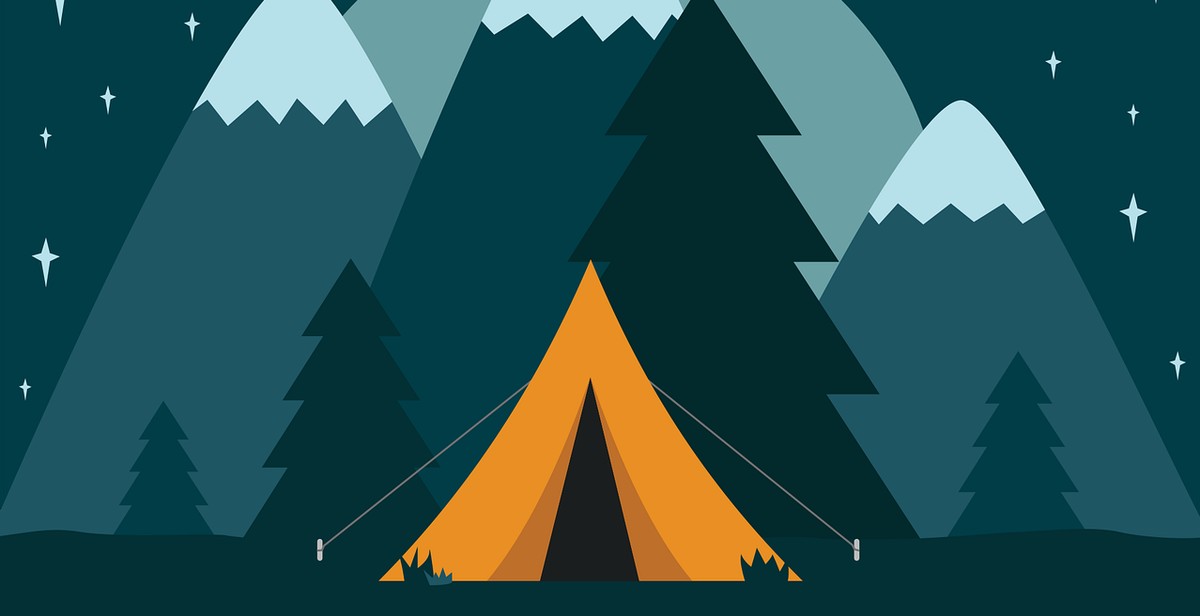How to Plan a Camping Trip: Packing Essentials and Campsite Setup
Camping is one of my favorite outdoor activities. There’s nothing quite like the feeling of being surrounded by nature, breathing in fresh air and enjoying the peace and quiet. Over the years, I’ve gone on countless camping trips and have learned a thing or two about how to plan and prepare for a successful trip. In this article, I’ll be sharing my personal experience and tips on how to plan a camping trip, from packing essentials to campsite setup.
Why Go Camping?
Camping is a great way to escape the hustle and bustle of everyday life, unplug from technology, and reconnect with nature. It’s also a budget-friendly vacation option that can be enjoyed by individuals, couples, and families alike. Whether you prefer a remote backcountry site or a more established campground with amenities, there’s a camping experience out there for everyone.
Packing Essentials
Before heading out on your camping trip, it’s important to pack the essentials. This includes a tent, sleeping bags, sleeping pads, a camping stove, cookware, and food. It’s also important to pack appropriate clothing and footwear for the weather and terrain, as well as any necessary camping gear such as a headlamp or camping chairs.
Campsite Setup
Once you arrive at your campsite, it’s time to set up camp. This includes pitching your tent, setting up your sleeping area, and organizing your camp kitchen. It’s important to follow Leave No Trace principles and be respectful of the natural environment when setting up camp.
Now that you have a general idea of what to expect, let’s dive deeper into how to plan a camping trip and ensure a successful and enjoyable experience.

Planning Your Camping Trip
Choosing the Right Destination
When planning a camping trip, choosing the right destination is crucial. Consider your preferences and interests when selecting a location. Do you want to camp near a lake, in the mountains, or in the desert? Research the area’s climate, terrain, and wildlife to ensure it is suitable for your needs. Additionally, check the availability of campsites and make reservations in advance to secure your spot.
Deciding on the Length of Your Trip
Another key factor to consider when planning your camping trip is the length of your stay. Do you want to go on a weekend camping trip or plan a longer adventure? Keep in mind that the longer your trip, the more supplies you will need to bring. Consider your schedule and the amount of time you can take off from work or other obligations. Also, factor in travel time to and from your destination.
Determining Your Budget
Before you start packing for your camping trip, determine your budget. Consider the cost of camping gear, food, transportation, and any other expenses you may incur. Look for ways to save money, such as bringing your own food and camping gear or camping during the off-season. Once you have a budget in mind, stick to it to avoid overspending.
| Things to Consider when Planning a Camping Trip |
|---|
| Choose a suitable location |
| Make reservations in advance |
| Decide on the length of your trip |
| Determine your budget |
| Bring appropriate camping gear and supplies |
| Research the area’s climate and terrain |
By taking these factors into consideration, you can plan a successful camping trip that meets your needs and interests. Make a checklist of everything you need to bring, including camping gear, food, and other supplies. With careful planning and preparation, you can enjoy a memorable camping trip that you will never forget.

Essential Camping Gear
When planning a camping trip, it’s important to have the right gear to ensure a comfortable and enjoyable experience. Here are some essential items to pack for your next camping trip:
Tent and Sleeping Gear
A good quality tent is a must-have for any camping trip. Look for a tent that is spacious enough to comfortably accommodate everyone in your group. Additionally, you’ll need sleeping gear such as sleeping bags, sleeping pads or air mattresses, and pillows to ensure a good night’s sleep.
| Item | Description |
|---|---|
| Tent | A sturdy, waterproof tent that fits your group size |
| Sleeping bags | Warm, comfortable sleeping bags for each camper |
| Sleeping pads or air mattresses | To provide cushioning and insulation from the ground |
| Pillows | For added comfort while sleeping |
Cooking and Eating Supplies
When camping, you’ll need to bring your own food and cooking supplies. Here are some essentials to pack:
- Cooking stove
- Cooking utensils (pots, pans, spatula, etc.)
- Cooler with ice or ice packs to keep food fresh
- Dishes, cups, and utensils
- Trash bags for waste disposal
Clothing and Personal Items
When packing for a camping trip, it’s important to bring appropriate clothing and personal items. Here are some essentials:
- Weather-appropriate clothing (jacket, rain gear, etc.)
- Hiking boots or sturdy shoes
- Sunscreen and insect repellent
- Toiletries (toothbrush, toothpaste, soap, etc.)
- First-aid kit
By packing these essential camping gear items, you’ll be well-prepared for your next camping adventure.
Setting Up Your Campsite
Once you’ve chosen your campsite, it’s time to set up your temporary home away from home. Here are the steps to follow:
Choosing the Right Campsite
Before setting up your campsite, make sure you’re in an area that’s safe for camping and that you have the necessary permits. Look for a flat and dry area that’s away from any potential hazards such as falling branches or rocky terrain. Avoid camping near bodies of water or in low-lying areas that may flood during rainstorms.
Setting Up Your Tent
Your tent is your shelter for the duration of your camping trip, so it’s important to set it up correctly. Start by clearing the area of any debris or sharp objects that could damage the tent floor. Lay out the tent footprint to protect the floor of the tent from dirt and moisture. Assemble the poles and attach them to the tent body, then stake down the corners and guylines to keep the tent stable in wind and rain. Make sure the rainfly is securely attached to keep you dry in case of rain.
When choosing a tent, consider the size and type that will best suit your needs. A smaller tent is easier to set up and take down, but won’t offer as much space for sleeping or storing gear. A larger tent may be more comfortable but can be more difficult to transport and set up.
Building a Campfire
A campfire is a staple of any camping trip, but it’s important to build it safely. First, check with the campsite to see if fires are allowed and if there are any specific rules or restrictions. Look for a designated fire pit or clear an area of any flammable materials such as leaves or brush. Gather firewood from the surrounding area, but don’t cut down any live trees or branches.
Build a teepee-style fire with small sticks and kindling in the center, then add larger logs as the fire grows. Keep a bucket of water or sand nearby to extinguish the fire when you’re done. Remember to never leave a fire unattended and to fully extinguish it before leaving your campsite.
In Summary
Setting up your campsite is an important part of any camping trip. Choose a safe and level area for your tent, and make sure it’s set up correctly to keep you dry and comfortable. Build a campfire safely and responsibly, and always follow the rules and regulations of the campsite. With a little preparation and attention to detail, you’ll be able to enjoy a relaxing and enjoyable camping experience.

Conclusion
Planning a camping trip can be a fun and exciting experience, but it requires careful consideration and preparation. By following the tips outlined in this article, you can ensure that your camping trip is a success and that you have all the essential items you need for a comfortable and enjoyable time in the great outdoors.
Packing Essentials
When it comes to packing for your camping trip, it’s important to remember that less is often more. Focus on bringing the essential items you need for your trip, such as a tent, sleeping bag, and cooking supplies. Don’t forget to pack appropriate clothing for the weather and activities you have planned, as well as any necessary personal items like medication and toiletries.
Campsite Setup
Setting up your campsite can be a fun and rewarding experience, but it’s important to do it safely and responsibly. Choose a suitable location for your tent and make sure to follow any guidelines or rules set by the campground. Set up your campfire in a safe area and always keep a close eye on it, making sure to fully extinguish it before leaving.
Overall, planning a camping trip requires careful consideration and preparation. By following the tips outlined in this article, you can ensure that your trip is a success and that you have a great time in the great outdoors.
